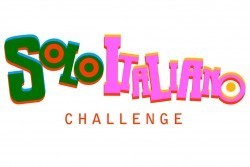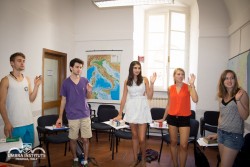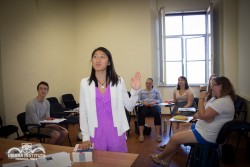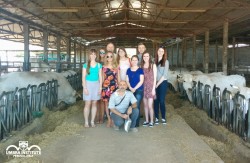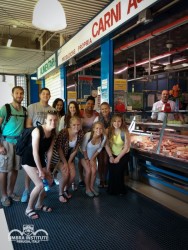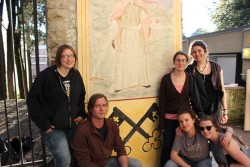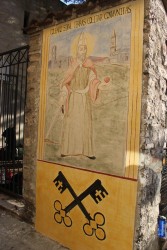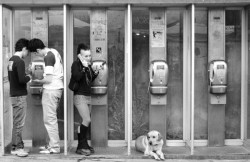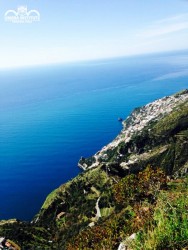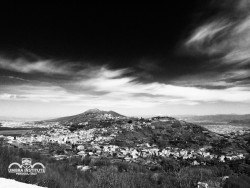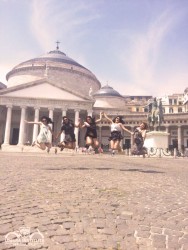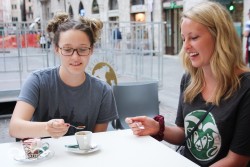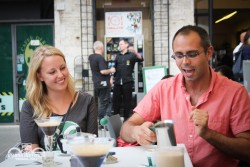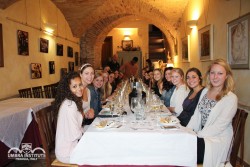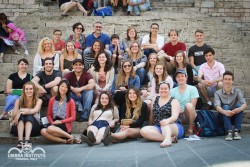We recently got this report back from Cynthia Baur, a Dickinson College student 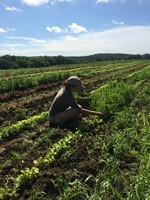 who completed the Food & Sustainability Studies Program in April 2015. “This summer after I arrived home after a wonderful and eye-opening semester in Italy on the food studies program I have been working at Morris Organic Farm, a pick-your-own vegetable farm in Irwin, Pennsylvania. At the farm I am in responsible for weeding, harvesting, and other random farm tasks. In the food studies class Sustainability and Food Production in Italy we learned all about food waste as well as other topics. Every time food is wasted, whether it is during production or consumption, all of the energy, time, sunlight, water, and other natural resources that went into that food is thrown away and wasted.
who completed the Food & Sustainability Studies Program in April 2015. “This summer after I arrived home after a wonderful and eye-opening semester in Italy on the food studies program I have been working at Morris Organic Farm, a pick-your-own vegetable farm in Irwin, Pennsylvania. At the farm I am in responsible for weeding, harvesting, and other random farm tasks. In the food studies class Sustainability and Food Production in Italy we learned all about food waste as well as other topics. Every time food is wasted, whether it is during production or consumption, all of the energy, time, sunlight, water, and other natural resources that went into that food is thrown away and wasted.
This lesson covered something I had never thought about before and at my current job I think about food waste all the time. My boss, Randy, works a full-time job and still runs his farm with a lot of help from families and volunteers. He puts in a lot of hours after coming home from a full day of work and so all the time he puts into the farm is truly precious. As a result, it has become my mission at the farm this summer to help Randy have as little food waste as possible. I do this by weeding every day and promoting his business online so that as much of what he grows reaches customers, whether it is at the farmers market or through a local farm-to-table restaurant.”


